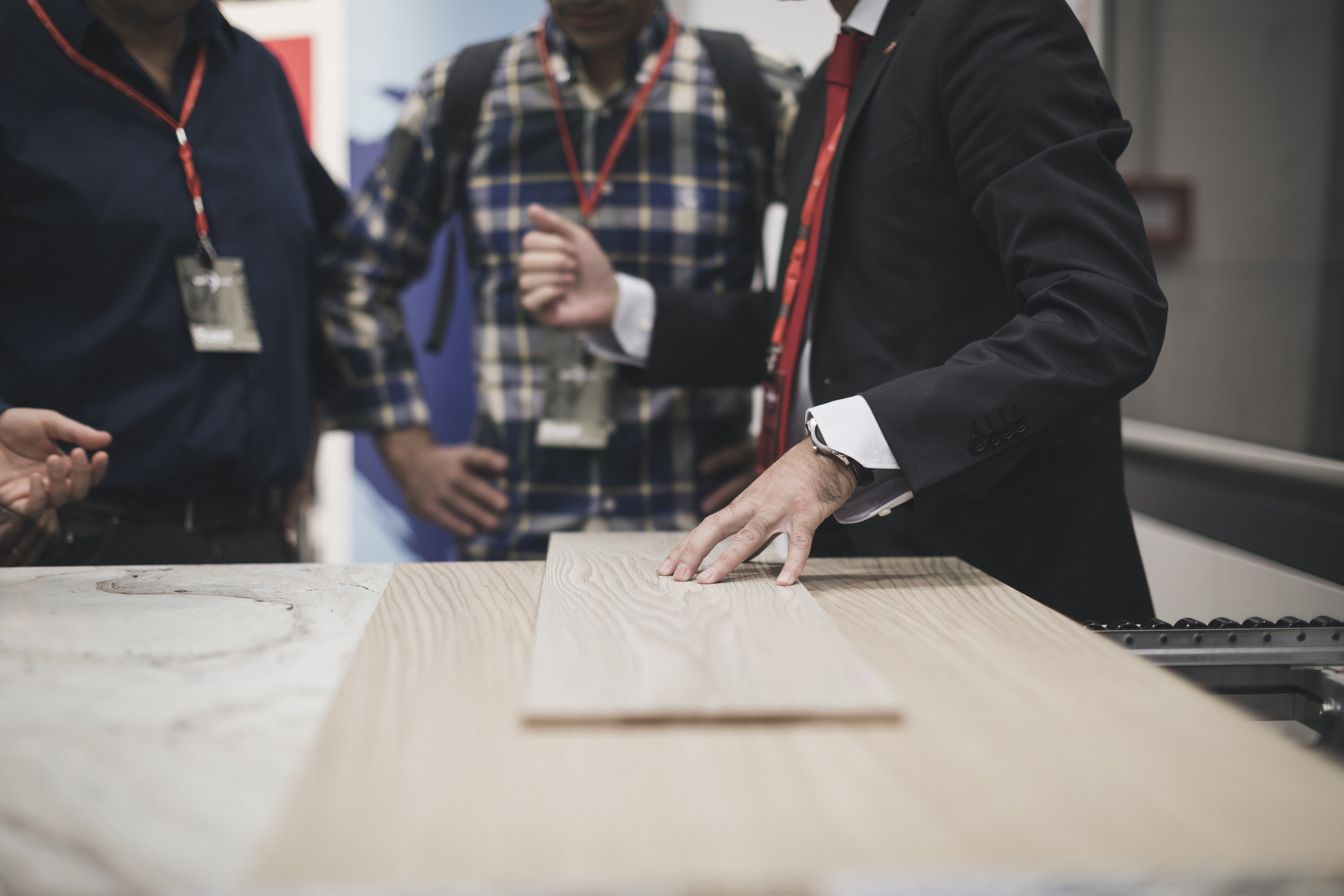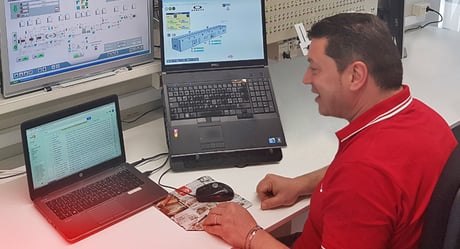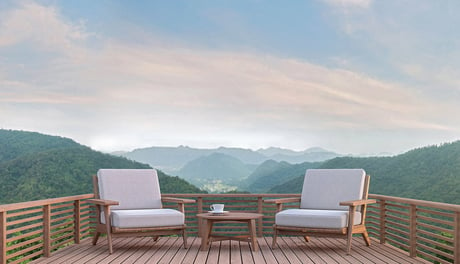trends
What are the trends for finishes in the building sector?
As trends in the construction industry change, finishes are becoming increasingly important. Industry players must respond to the growing demand for customization and small batches. This has led to an increased focus on flexible and efficient finishing lines.
At the same time, finishes in construction need to ensure durability and long-term value. In addition to aesthetic considerations, manufacturers are also focusing on improving the performance of surfaces so as to meet customer needs. This includes the development of finishes able to withstand extreme weather conditions - for exteriors - and special-performance finishes (stain resistant, scratch resistant, interior environment resistant)
Finishes in construction: the benefits of using machines and automated systems
Automated machine systems, software and IoT are becoming increasingly popular in building and construction. Automated finishing technologies can be used to achieve a wide variety of finishes - from woodworking to metalworking all the way to stoneworking. They enable builders to create complex shapes quickly and accurately - while reducing the risk of human error. These technologies offer a number of advantages:- Greater accuracy and homogeneousness
- They also reduce the need for manual labour, which can save time and money and reduce the likelihood of human error
- High quality finishes with minimised waste materials
- Productivity and efficiency

Finishing technology applications for the building industry
A vast range of raw materials are used, as well as a number of technologies including:
Technologies
Application fields
Below are some construction industry specific application areas and finished products
APPLICATIONS

Flat roof tiles and slates

Suspended ceilings

External wall covering

Porcelain stoneware

Panels

Wall coverings

Ceramic panels

Profiles and structural metalwork
Discover some of the machines needed for finishes in the construction industry
machines
Case studies
Case study
WHITEPAPER
Industrial digital printing has unlimited potential
Discover all the potential effects that you can obtain on different substrates thanks to digital printing.
Download the White Paper
Learn More
MAGAZINE
For sixty years we have been innovators in the field of surface finishes.
We have already helped dozens of construction companies. We make our know-how available to you, to help you explore the latest finishing technologies for products used in the building industry.
Feel free to contact us to visit our 3000 sq.m laboratory and test your own components on our equipment.

Connect
Frequently Asked Questions
Frequently Asked Questions
High flexibility in terms of output rate and choice of cycles/processes according to the line make-up.
Zero solvent emissions thanks to 95% use of products with high dry residue (UV) content.
Possibility of using the roller technique for any application on all flat surfaces.














